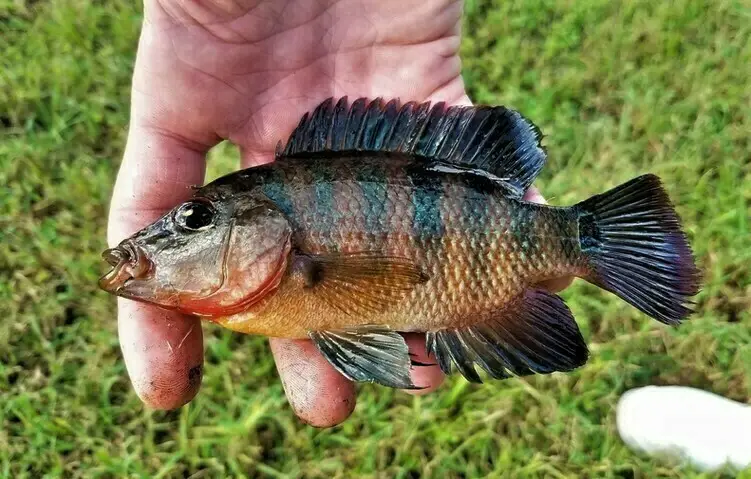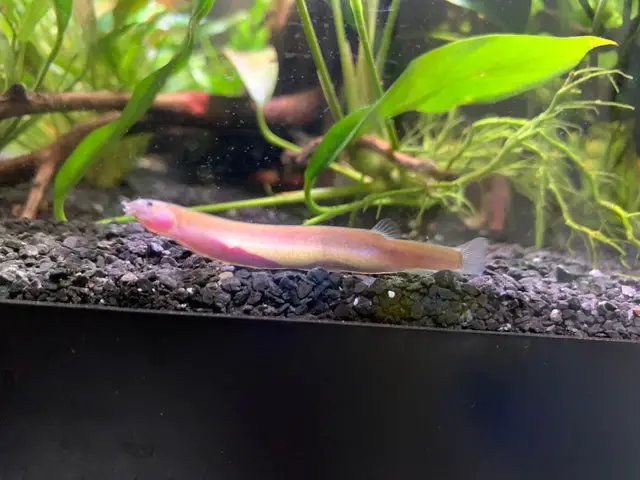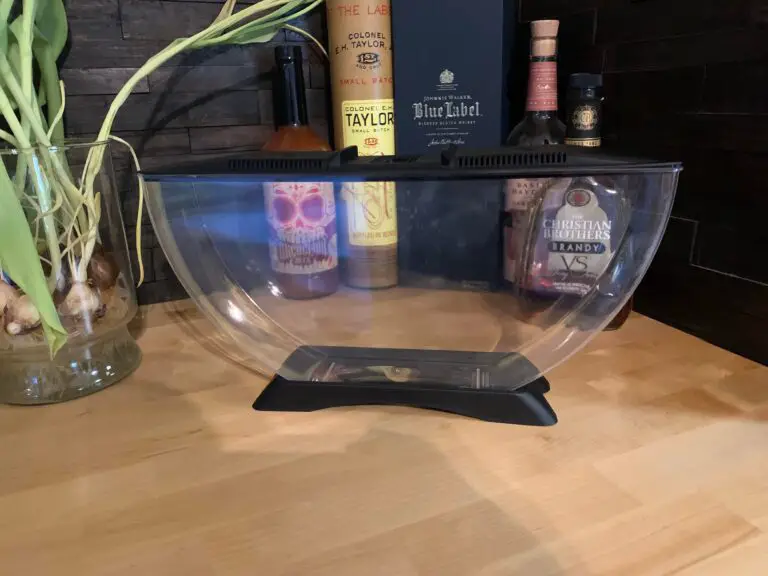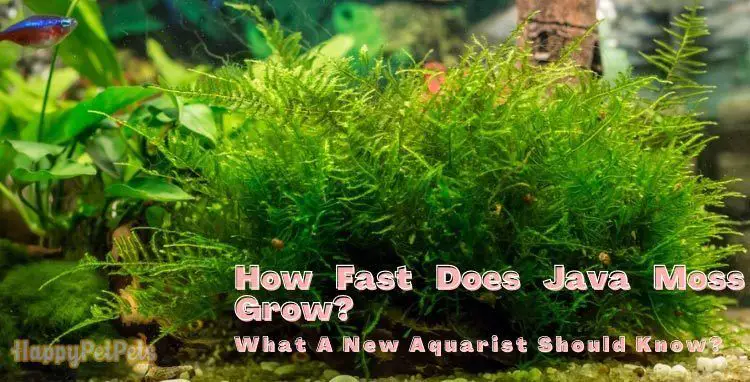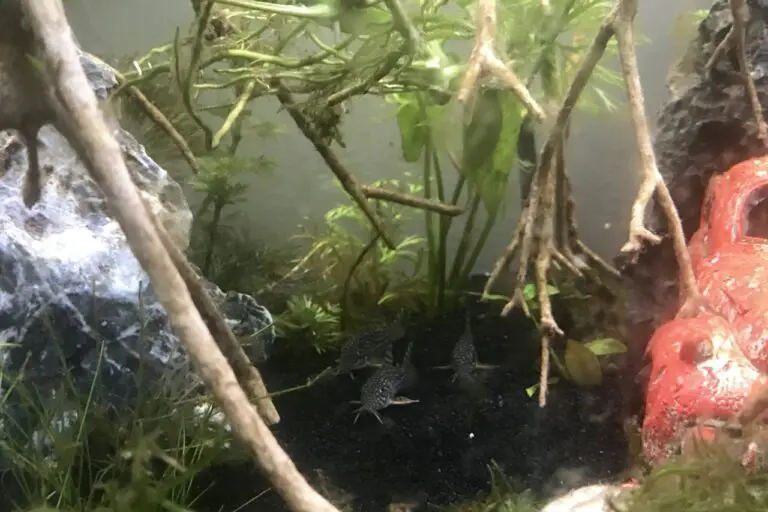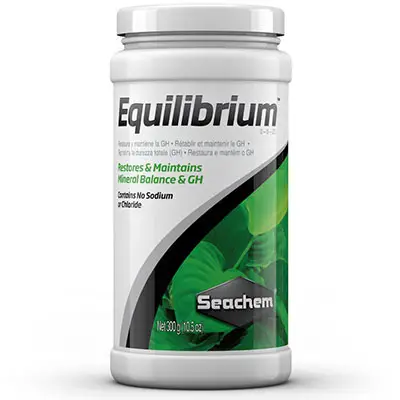Discover the Exotic World of Mayan Cichlids: A Beginner’s Guide
The Mayan cichlid (Cichlasoma urophthalmus) is a species of cichlid fish that is native to Central America.
It is known for its bright colors and patterns, which make it a popular aquarium fish. The Mayan cichlid is also an important food fish in some parts of its range.
Cichlasoma urophthalmus is the official scientific name for Mayan cichlids, although this species has since been reclassified and is now thought to be a member of the genus Mayaheros.
As a result, its official scientific name is “Mayaheros urophthalmus”.
If you’re a fan of freshwater fish, then you’ve probably heard of the Mayan cichlid. This beautiful fish is native to Central America and can be found in lakes, rivers, and streams throughout the region.
The Mayan cichlid is a popular choice for aquariums because of its vibrant colors and easy-going personality.
While the Mayan cichlid is peaceful by nature, it can be aggressive towards other fish that are similar in size or appearance.
That’s why it’s important to do your research before adding one to your tank. If you have smaller fish, make sure they’re not bottom-dwellers so they can avoid being nipped at by the Mayan cichlid.
This species of cichlid is omnivorous, so they’ll eat just about anything you put in their tank.
However, they prefer live foods like insects, worms, and crustaceans. You can also give them frozen or freeze-dried foods as well as pellets and flakes designed for carnivores.
Mayan cichlids are relatively easy to care for as long as you provide them with a suitable environment.
They need plenty of hiding places and objects to explore, so include rocks, caves, driftwood and plants in their tank. A sandy substrate is best since this fish likes to dig.
Provide them with plenty of filtration and keep the water quality high since these fish are sensitive to poor water conditions.
Mayan Cichlid Aquarium
If you’re thinking about setting up a Mayan cichlid aquarium, there are a few things you need to know.
These fish are native to Central America, and they’re known for being aggressive. They can grow to be quite large, so you’ll need a tank that’s at least 50 gallons.
Mayan cichlids also like to dig, so you’ll need to provide them with plenty of substrate. As far as stocking your tank, it’s best to keep just one male and two or three females. If you have more than one male, they will fight for dominance.
And if you have too many females, the males may become stressed out and stop breeding.
When it comes to feeding your fish, they’re not picky eaters but they do prefer live food.
So give them a variety of foods including bloodworms, brine shrimp, and crickets.
With proper care, Mayan cichlids can live for 10 years or more in captivity. So if you’re looking for an interesting and long-lived addition to your aquarium, consider the Mayan cichlid!
Mayan Cichlid vs Oscar
If you’re looking for a freshwater fish that’s both beautiful and intriguing, you may want to consider the Mayan cichlid (Cichlasoma urophthalmus).
This species is native to Central America, where it’s found in Mexico, Guatemala, and Belize.
The Mayan cichlid is a member of the large family Cichlidae, which includes well-known aquarium fishes such as angelfish, discus, and oscars.
The Mayan cichlid gets its name from the ancient Maya civilization of Mesoamerica. The Maya were known for their artistry and craftsmanship, and this fish certainly lives up to that reputation.
The body of the Mayan cichlid is elongated and oval-shaped, with males reaching up to 18 inches in length (females are slightly smaller).
The coloration is truly stunning, with iridescent blue scales that are accented by electric yellow spots.
This coloration becomes even more intense when the fish are spawning or agitated.
Like other members of its family, the Mayan cichlid is an opportunistic predator.
In the wild, it feeds on smaller fish, crustaceans, and insects. In captivity, they will accept most common aquarium foods such as pellets or flakes.
However, they should also be given regular feedings of live or frozen foods such as brine shrimp or bloodworms to keep them healthy and happy.
Mayan cichlids are relatively easy to care for as long as their basic needs are met. They require a tank size of at least 50 gallons with plenty of hiding places among rocks or plants.
These fish are peaceful towards others of their own kind but can be aggressive towards tankmates that are much smaller than them (such as guppies or neon tetras).
Mayan Cichlid Tank Mates
If you’re considering adding a Mayan cichlid to your freshwater aquarium, you may be wondering what other fish make good tank mates.
While Mayan cichlids are semi-aggressive, they can coexist peacefully with other fish as long as those fish are of similar size and temperament.
Here are a few recommended Mayan cichlid tank mates:
Convict cichlids: These hardy little fish are closely related to Mayan cichlids and do well in similar environments. They can be aggressive, but usually only towards their own species.
Oscars: Another member of the cichlid family, Oscars make good tank mates for Mayan cichlids because they’re relatively peaceful and get along well with other fish. They also require similar care and water conditions.
Firemouth cichlids: Firemouths have a reputation for being aggressive, but they can actually do quite well in a community tank as long as there are no smaller fish present that they might view as prey. They require similar care to Mayans, so they make good tank mates.
If you’re looking for non-cichlid options, some good choices include plecos, catfish, tetras, barbs, and rainbows.
As always, it’s best to do your research before adding any new fish to your aquarium to ensure compatibility.
Mayan Cichlid Pronunciation
The Mayan cichlid is a freshwater fish that is native to Central America. Its scientific name is Herichthys minckleyi and it’s also known as the blue acara.
This guide will teach you how to say Mayan cichlid correctly so that you can impress your friends and family with your knowledge of fish names.
The first thing you need to know is that the name “Mayan cichlid” is pronounced as “MAY-uhn SIHK-lid.”
The emphasis should be placed on the second syllable, and the “c” should be pronounced like an “s.”
The word “cichlid” comes from the Greek word for “belly,” which makes sense given the shape of this fish’s body.
Now that you know how to say Mayan cichlid correctly, try using it in a sentence! Here’s an example: “I’m going to go fishing for Mayan cichlids today.”
It’s not difficult at all once you get the hang of it. So next time someone asks you how to pronounce this fish’s name, don’t hesitate to let them know.
Mayan Cichlid Size
The Mayan cichlid (Cichlasoma urophthalmus) is a popular freshwater aquarium fish that originates from Central America.
It gets its name from the fact that it’s often found in the Maya River basin in Mexico, Guatemala, and Belize.
The Mayan cichlid is closely related to the well-known convict cichlid (Amatitlania nigrofasciata) and shares many of the same characteristics.
Mayan cichlids are relatively small fish, reaching a maximum size of around 6 inches (15 cm). They have an oval-shaped body with dark vertical stripes running down their sides.
The males are usually more brightly colored than the females, with intense orange or red hues on their fins and tails.
Females tend to be more drab, with duller colors and less finnage. Like many other cichlids, Mayan cichlids are very territorial fish that require plenty of space to themselves.
A single fish should not be kept in anything smaller than a 30 gallon (114 liter) aquarium, and even then it will need lots of hiding places among rocks and plants to feel secure.
If you want to keep more than one Mayan cichlid together, you’ll need an even larger tank at least 50 gallons (189 liters) for two fish, and 100 gallons (378 liters) or more for four or more fish.
Mayan Cichlid Recipe
If you love the taste of Mayan cichlid but don’t want to catch and clean your own, try this recipe for a delicious grilled fish dinner.
The marinade infuses the fish with flavor and helps to keep it moist, while the grill adds a smoky char that takes it over the top.
Serve with rice and beans or your favorite summer vegetables for a complete meal.
Ingredients: 1 pound Mayan cichlid fillets 1/2 cup fresh lime juice
1/4 cup olive oil 2 cloves garlic, minced 1 teaspoon ground cumin
1 teaspoon chili powder 1/4 teaspoon salt In a large resealable bag, combine all of the ingredients except for the fish.
Seal the bag and shake well to mix. Add the fish fillets and seal again, turning to coat in the marinade. Let sit at room temperature for 30 minutes, or refrigerate for up to 2 hours.
Preheat a grill or grill pan over medium-high heat. Grill the fish for 5-7 minutes per side, until cooked through.
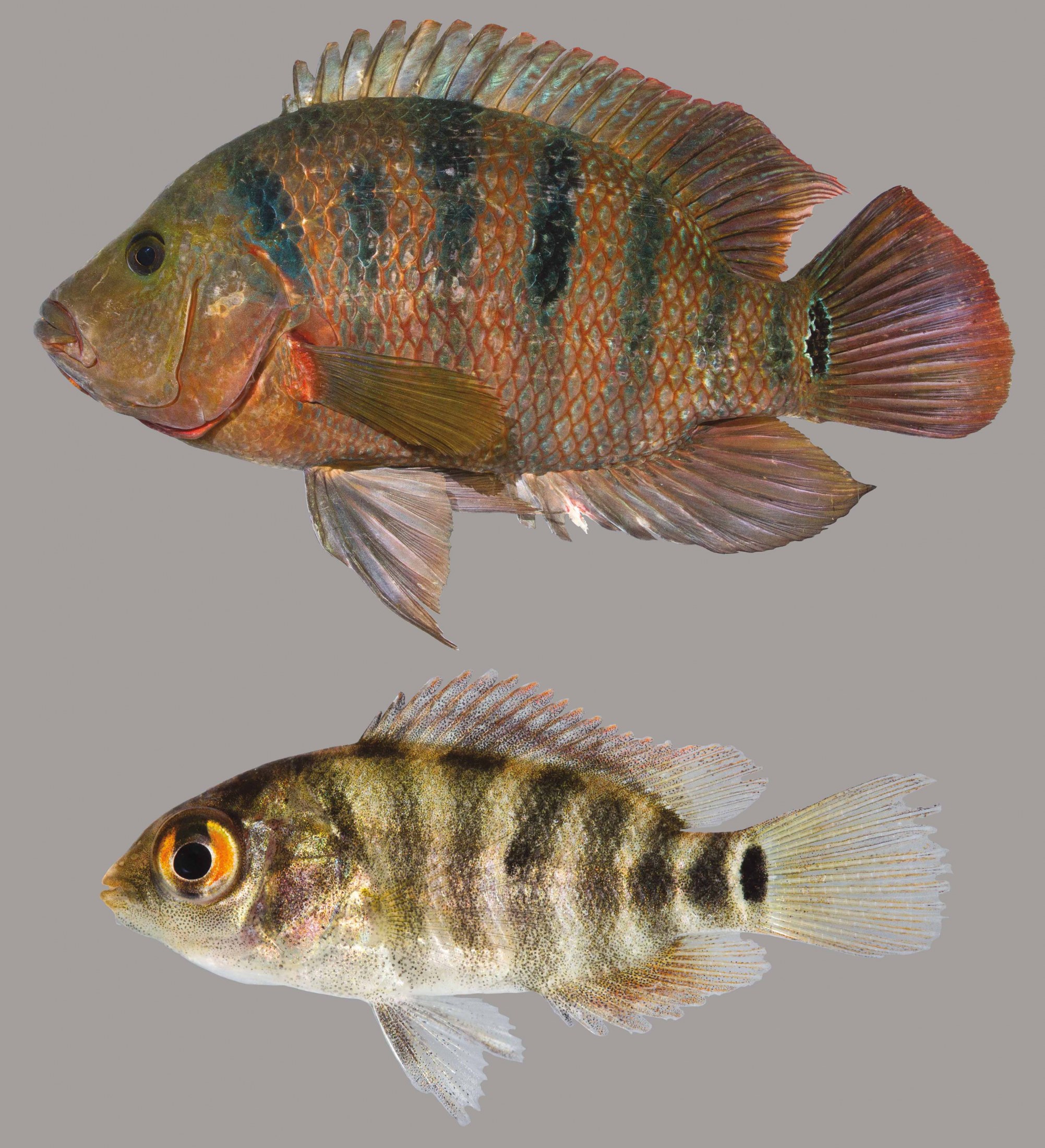
Credit: www.floridamuseum.ufl.edu
How Did Mayan Cichlids Get to Florida?
Mayan cichlids are a freshwater fish that is native to Central America. They have been introduced to Florida through the aquarium trade.
Mayan cichlids typically grow to be about 4-6 inches in length and can live for up to 10 years.
These fish prefer habitats with plenty of vegetation, but can also be found in slow-moving rivers and lakes.
When kept as pets, Mayan cichlids should be kept in tanks with other peaceful fish species.
Are Mayan Cichlids Invasive?
Yes, Mayan cichlids are considered to be an invasive species. They are native to Central America and were introduced to Florida in the mid-1900s.
There are now several populations of Mayan cichlids in Florida, and they are having a negative impact on native fish populations.
Mayan cichlids are aggressive predators that compete with native fish for food and habitat.
They have also been known to hybridize with other cichlid species, which can further reduce the genetic diversity of native fish populations.
Are Mayan Cichlids Good Eating?
Yes, Mayan cichlids are good eating! They are a freshwater fish that is found in the Yucatan Peninsula of Mexico.
They have a mild flavor with a firm texture. When cooked, they can be baked, grilled, or fried.
Is a Mayan Cichlid a Tilapia?
No, a Mayan cichlid is not a tilapia. The two fish are in the same family (Cichlidae), but they are not the same species.
Tilapia are native to Africa, while Mayan cichlids are native to Central America.
Both fish are popular in the aquarium trade, but tilapia are more commonly farmed for food.
Conclusion
The Mayan Cichlid is a species of freshwater fish that is native to Central America. It is a popular aquarium fish due to its bright colors and interesting patterns.
The Mayan Cichlid is also known as the Redhead Cichlid, Firemouth Cichlid, or Blood Parrot.
It can grow to be about 12 inches long and live for up to 10 years in captivity.
